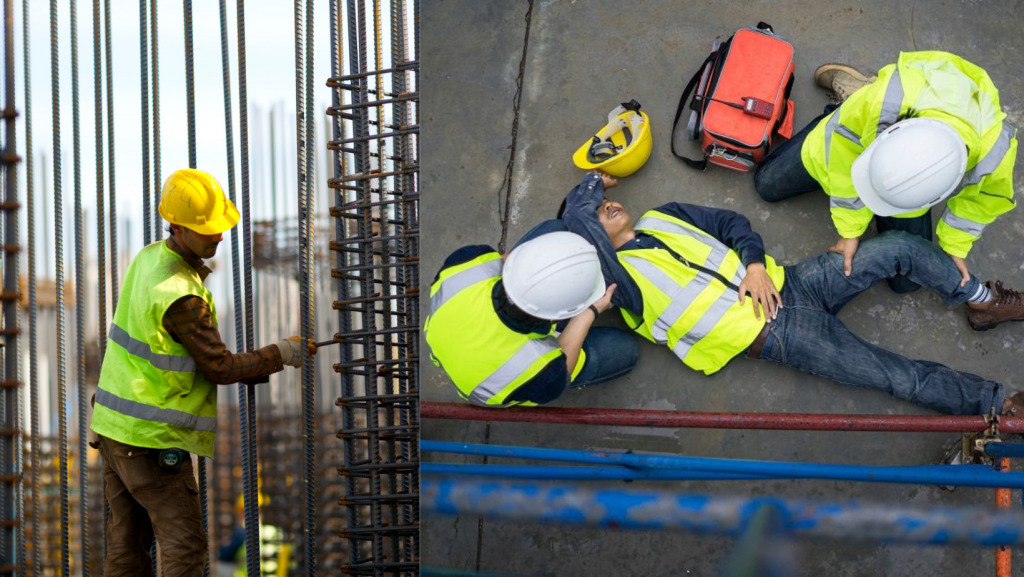Construction sites contribute significantly to the economy of America. They make up about 4% of the yearly GDP and provide jobs for over 5% of people. While these numbers signify progress, they also carry risks that go beyond on-site workers.
Bystanders, those simply going about their daily routines near construction zones, are exposed to hazards such as falling debris or harmful materials. These dangers have resulted in broken bones and deaths. Luckily, the most common damages caused by a construction accident can be compensated by filing a personal injury claim. Therefore, there is a pressing need for increased awareness of personal injury law.
In this article, we will discuss the risks at construction sites in detail, shedding light on the potential dangers bystanders face. Additionally, we will provide some essential guidelines for safeguarding bystanders near construction sites.
Table of Contents
Common Risks Faced by Bystanders at Construction Sites
- Falling Objects: Bystanders may be at risk of falling objects from elevated construction areas. This includes tools, materials, or debris.
- Machinery Accidents: Accidents can happen if heavy construction machines aren’t used safely. Common accidents include machine tip-overs and collisions with vehicles or structures. This can affect both workers and people nearby.
- Structural Failures: Collapsing scaffolding, walls, or entire structures can endanger nearby bystanders.
- Dust and Airborne Particles: Construction sites generate all types of dust. They are very harmful and may pose respiratory health risks to those nearby.
- Noise Pollution: Loud machinery and equipment contribute to noise pollution. This causes hearing damage and stress for bystanders.
- Chemical Exposure: Hazardous materials used on construction sites can lead to chemical exposure risks, with the potential for short-term and long-term health effects if bystanders come into contact with them.
Consequences of Construction Site Accidents to Bystanders
Some of the consequences that construction site accidents can have on bystanders include:
- Physical Injuries: Bystanders may experience fractures, cuts, and head injuries. These injuries can occur due to debris falling or accidents involving machines.
- Financial Troubles: Accidents near construction sites can lead to expensive medical bills, losing money from being unable to work, and maybe even long-term disabilities. This can be tough for people and their families.
- Legal Challenges: Injured bystanders could face complicated legal processes. This occurs when trying to get compensation or making the liable parties accept their role in the accident.
- Lower Quality of Life: Long-term injuries can make life harder. It can affect work, daily activities, and how happy and healthy someone feels.
- Community Upsets: Construction accidents can mess up neighborhoods. Roads might close, traffic congestion might occur, and it can bother people who live there.
Guidelines to Keep People Safe Around Construction Sites
The Occupational Safety and Health Administration (OSHA) offers essential guidelines to ensure that workplaces, including construction sites, are safe for everyone, including those not directly involved in the work. These guidelines include:
- Limited Access: Construction sites should have clear boundaries and only a few places where people can go in. This stops people who are not workers from getting in without permission.
- Warning Signs and Fences: Construction sites should have markers like signs and barriers to mark boundaries and warn of hazards. This ensures safety by preventing unauthorized access and maintaining security.
- Traffic Control Measures: Adequate traffic control measures should be implemented to manage the flow of vehicles and equipment around the construction site, reducing the risk of accidents involving bystanders.
- Safety Talks: People entering the construction site should get safety information. This helps them understand the risks.
- Safety Gear: People entering certain construction site areas should wear appropriate safety gear. This gear includes items like hard hats and vests.
Thanks to these rules, workplace fatalities have decreased by 60%, and occupational injuries have dropped by 40%. This means workplaces have become much safer for everyone, including bystanders near construction sites.
Conclusion
Construction sites play a vital role in a country’s economy but present significant risks, especially to bystanders. To ensure the safety of all, strict adherence to safety guidelines is paramount. Prioritizing safety not only protects lives but also supports the continued growth of the construction industry.





